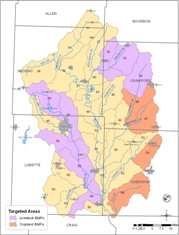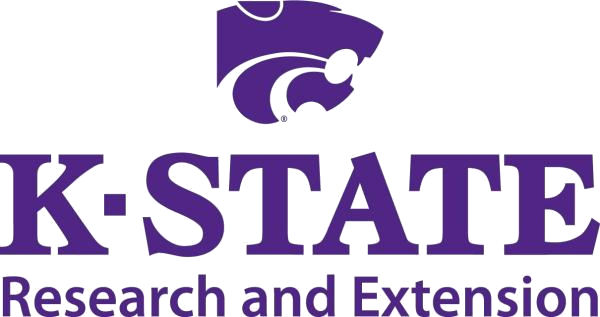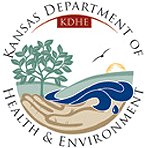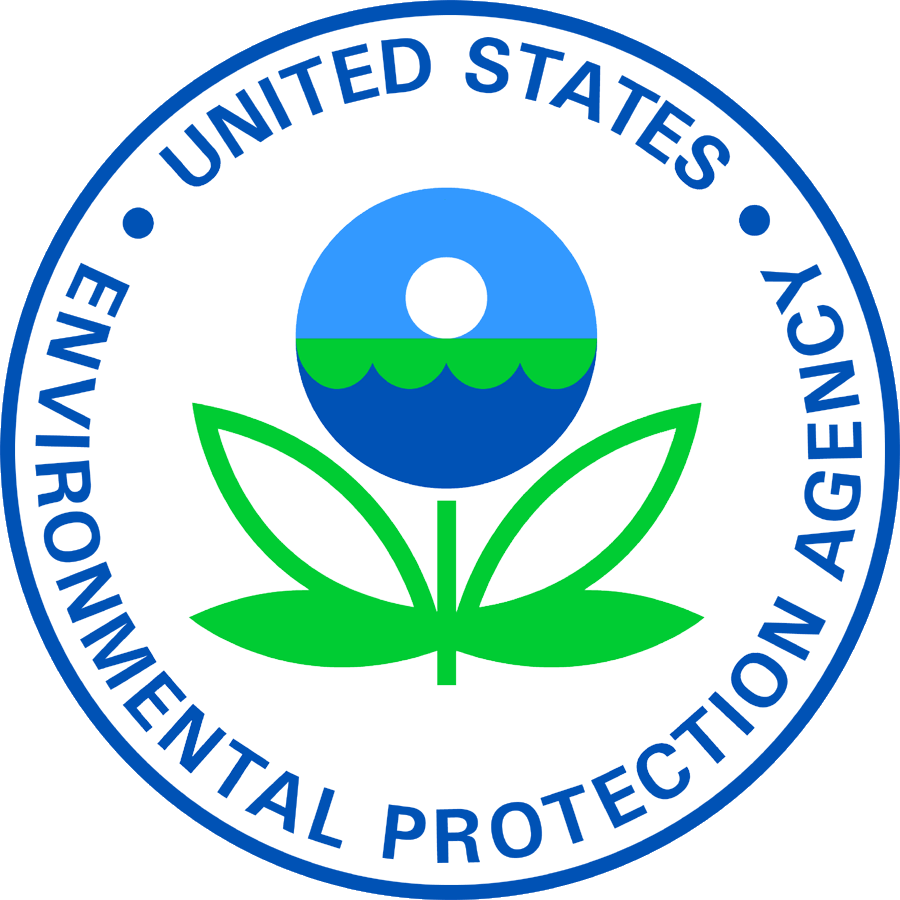Extension
Extension and outreach are critical missions of land-grant institutions that “extend” their intellectual resources and “reach out” to solve public needs through non-formal programs. My extension activities focus on providing the assessment of point and non-point source pollution in the Midwestern watersheds and delivering the knowledge to local watershed residents.
Watershed restoration and protection

As a lead watershed assessment specialist and a core member of the multi-disciplinary team that received the 2009 USDA-NIFA Partnership Award for Mission Integration, I am actively involved in a watershed-scale planning and management initiative. This initiative, called the Watershed Restoration and Protection Strategy (WRAPS) program, fosters greater watershed stakeholder involvement and attempts to enhance effectiveness of implementation of conservation practices. This initiative supported largely with EPA and Kansas Water Plan funding through the Kansas Department of Health and Environment. For 10 HUC-8 watersheds in Kansas various hydrologic modeling tools were applied to identify present critical areas and assess future climate and land use change impacts. For these watersheds our interdisciplinary K-State WRAPS team develops the USEPA Nine Element Watershed Management Plans.
Market-based incentive programs

Many conservation programs have been established to motivate producers to adopt best management practices (BMPs) to minimize pasture runoff and nutrient loads, but despite years of effort and the investment of millions of dollars in various agriculture and livestock environmental incentive programs, many producers still choose not to participate in traditional cost-sharing programs. Market-based approaches, such as a BMP auction, may provide a cost-effective alternative to the traditional cost-share approach, and may enhance success in reducing specific pollution problems. In a BMP auction, producers compete for limited funds by submitting BMP proposals to the buyer, a watershed group or a federal or state agency that is investing in BMPs. An expert team is formed by the buyer to assess the BMP proposals and rank their water-quality improvement based on reductions in nutrient and sediment loads generated per dollar.
A study was conducted to develop and demonstrate a framework to evaluate water-quality impacts and the effectiveness of two widely used BMPs on a livestock pasture, off-stream watering sites and stream fencing. The framework was based on the HRU-based representation of individual pasture subareas with SWAT. Pasture subareas of stream, riparian zone, and high- and low-slope grazing land were considered. Thirteen possible scenarios were simulated applying various stocking rates to individual subareas within the pasture, and BMP effectiveness index assigned to each scenario was calculated based on pollutant load curves compiled from outputs of many SWAT runs. Based on the presented framework, a spreadsheet modeling tool (Livestock BMP Evaluation Tool) was developed and used as a quantitative pasture management tool in addition to other qualitative management tools such as for example a P Index by the NRCS.




